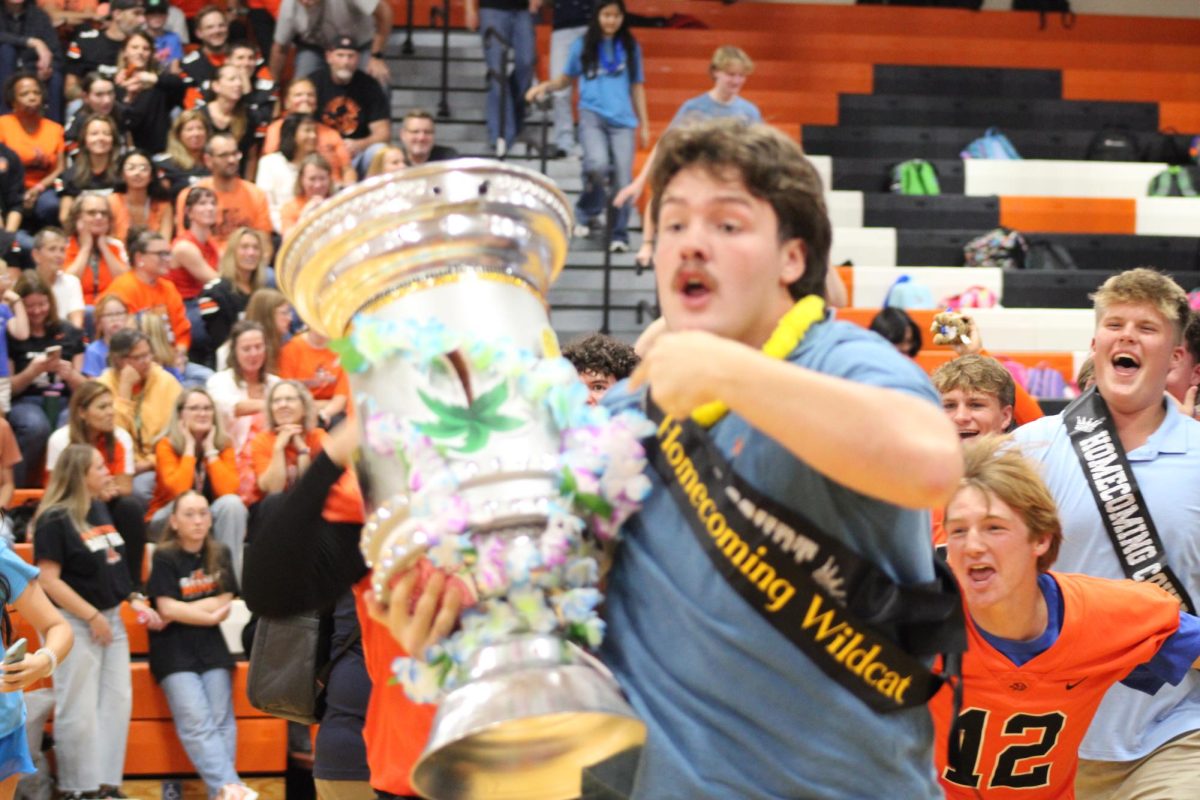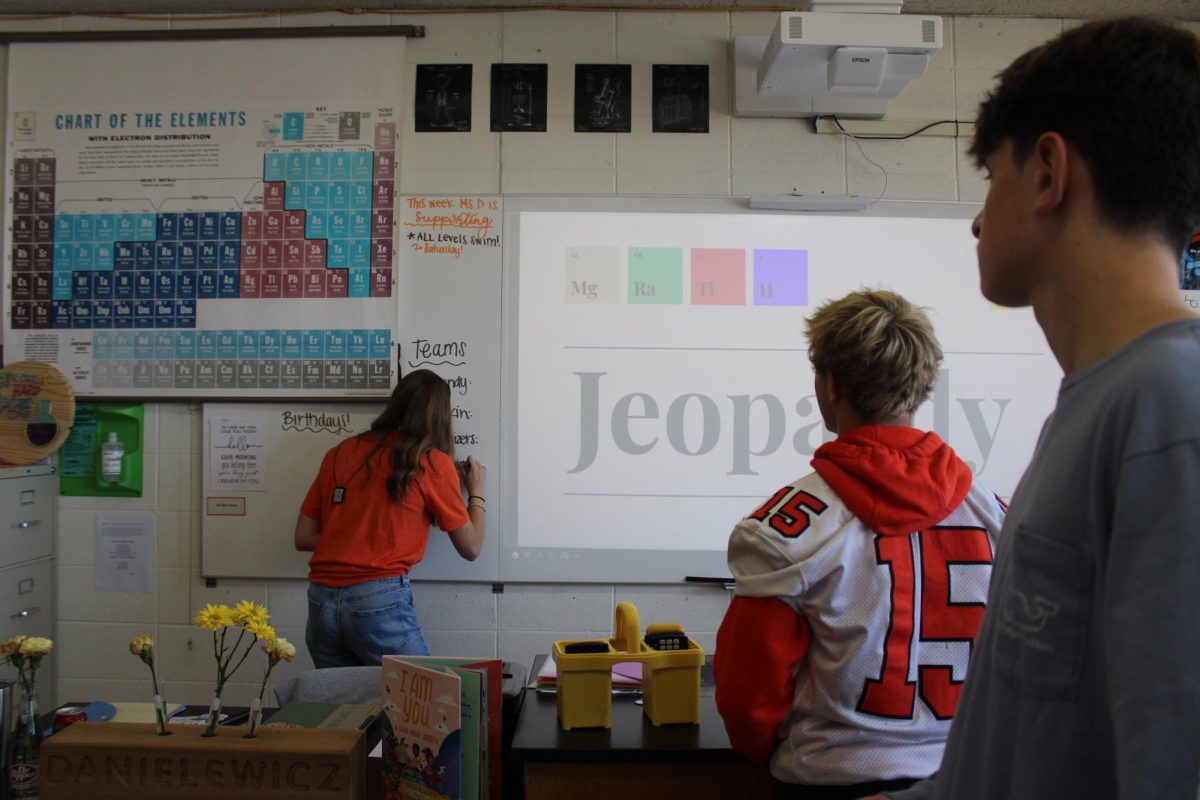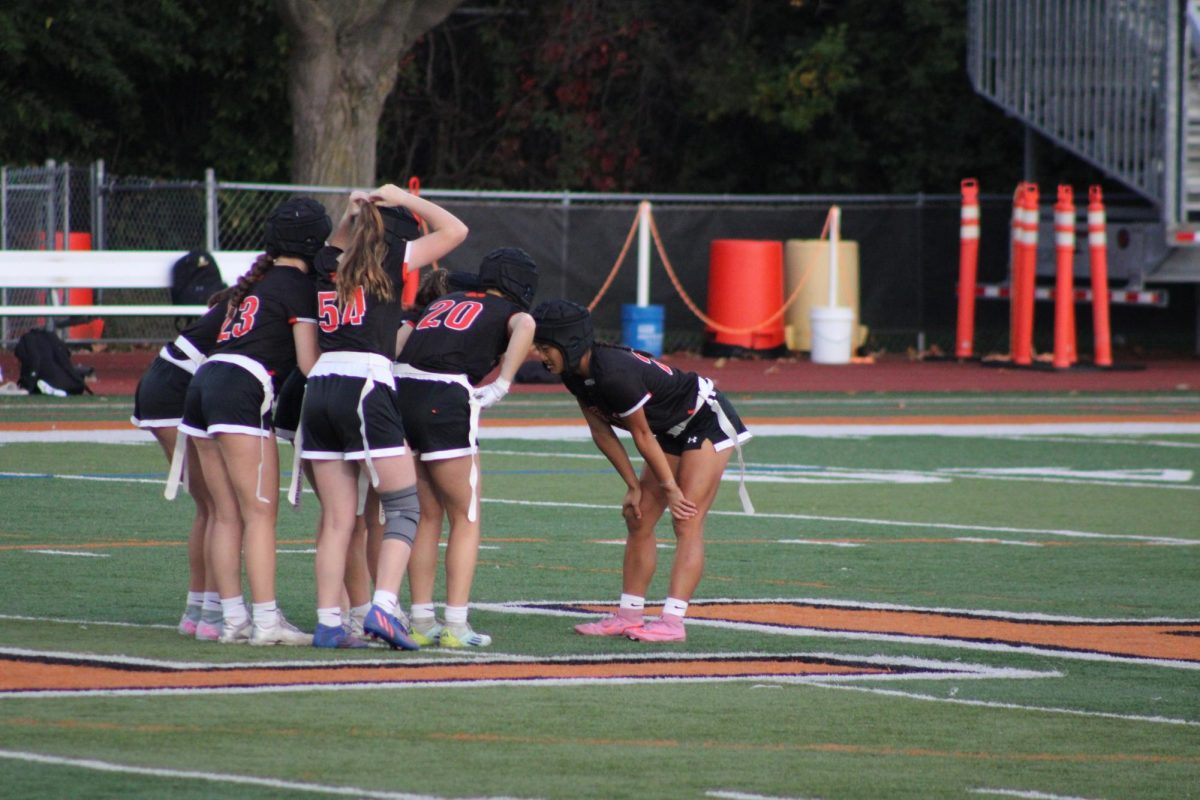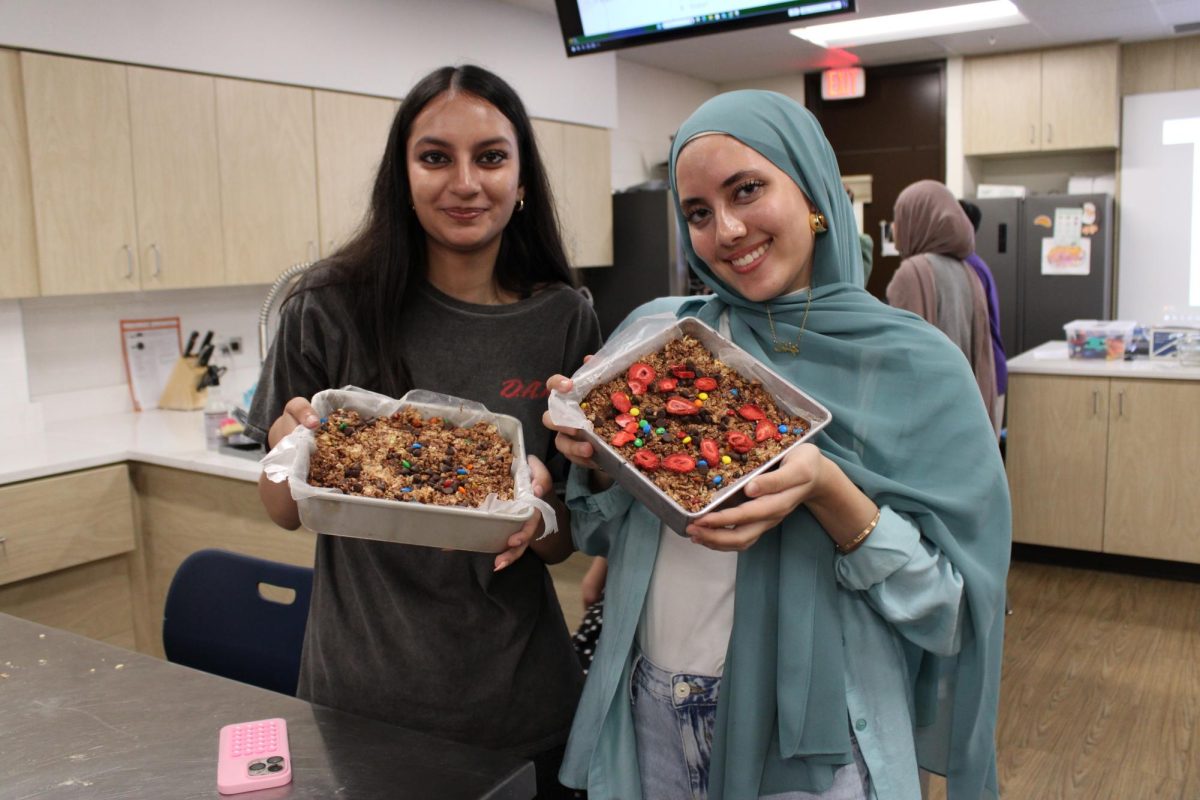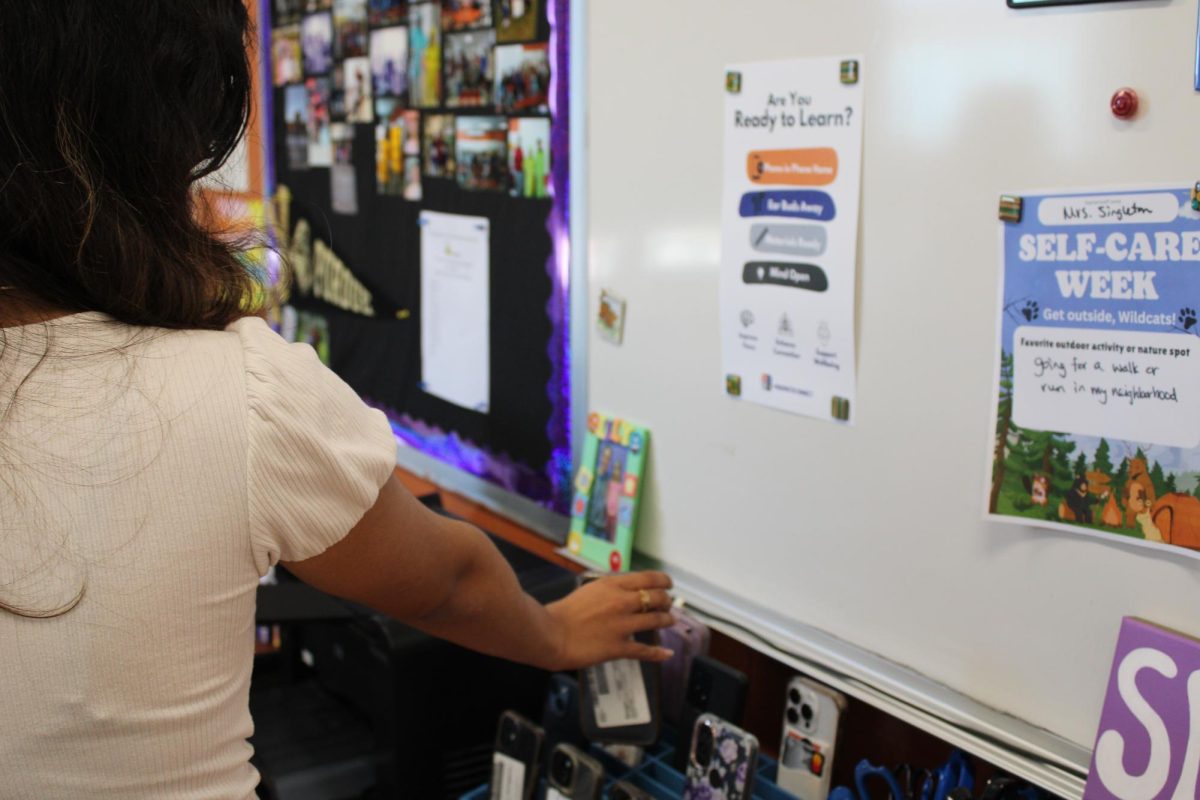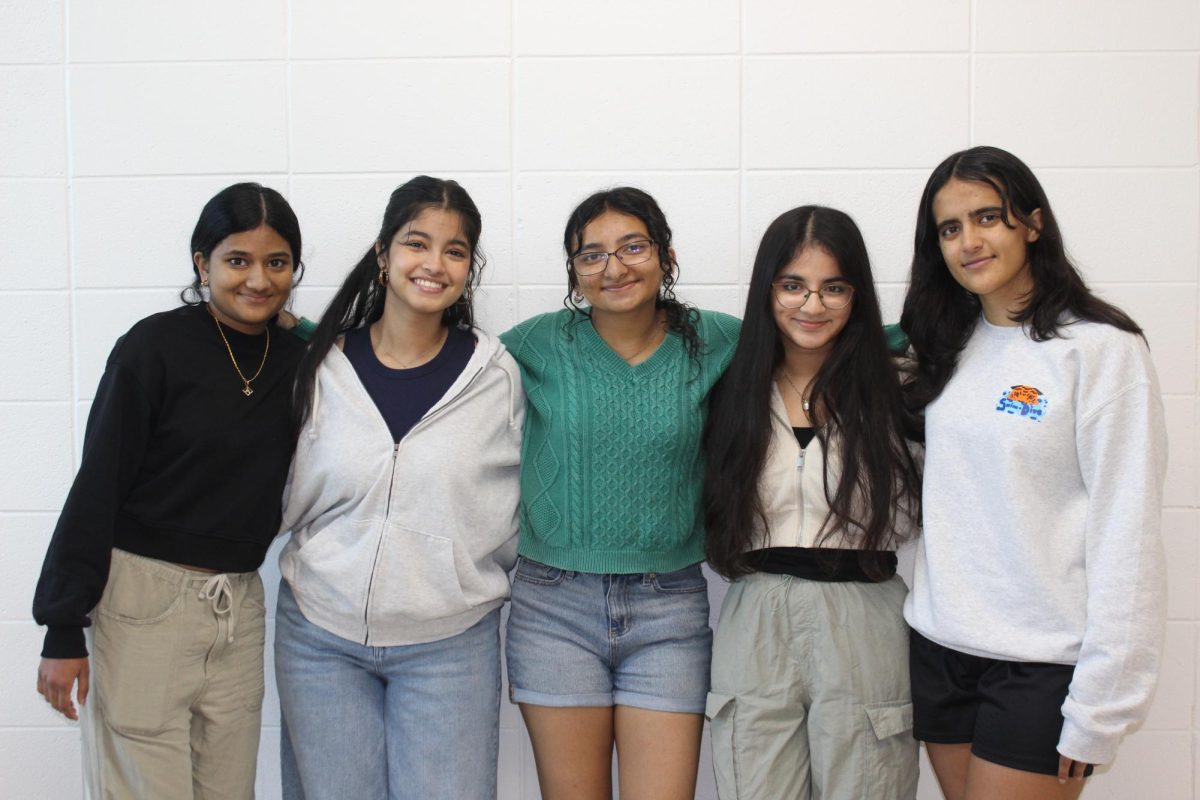Everyone is different. Unique in their own way. This is a statement that children have been told since they could interact with others, at school and at home. And while this is true, it may not always be so obvious. One of the first characteristics people distinguish when identifying others is their appearance on the outside. But when there are two, maybe even three people, displaying the same appearance, it is not always so easy to notice who is who.
Libertyville High School is no different, as there are pairs and trios of identical faces roaming the hallways on a daily basis. Nothing baffles a student more than passing an unfamiliar face in the hallway, only to pass the same face a moment later.
But while they may appear to be the same person, they are not. Sometimes, they are even polar opposites, the only similarity being their shared DNA. Something that many twins and triplets at LHS can agree upon is one thing: no matter how different they may be, they are each others’ best friends.
Not all twins and triplets look identical, though, as there are also fraternal twins and triplets at LHS. They do not look identical to one another and can even be boy/girl twins, like the Apgars.
Contrary to popular belief, growing up as a twin or triplet is not all about sharing everything and matching outfits — even though junior Danielle Vrba claimed that she and her two sisters had matching, color-coded outfits throughout their childhood. There are complications that come with having one or two other people treated just like you. Sophomore Claire Keefe said that teachers still have a difficult time distinguishing her and her twin, Kelly, in class. In eighth grade, the Keefe girls were able to switch schedules for the day without their teachers noticing the change.
With having a sibling the same age as you, there comes some sibling rivalry: Seniors Collin and Liz Apgar both agreed that grades are compared between the two. The Vrbas and Keefes agreed with that assertion. Just because someone has the same genetic make-up as someone does not mean their grades in school will be exactly the same, or even very close. Everyone is different and learns in different ways, and the Apgars agreed that the only downside to having a twin is the constant comparison of school success. The Vrba triplets agreed that there was also a “big rivalry when it came to taking the ACT this year,” according to Hillary. There is competition in life every day but that competition intensifies as a twin or a triplet because it is easier to compare when everything is done at the same time.
Also, with everyone growing up and gaining access to luxuries like having a car, at the same time, there can be many conflicts. Senior Brett Laska said that he and his triplet brothers dispute about “the little things” like “who is able to use [their] car.” The Vrbas second that notion; for three social juniors that may not always being going to the same place, transportation is not always the easiest task.
There are invaluable perks, though, to having a sibling the same age. The Apgars, while Collin and Liz may differ in personality traits, are “best friends at the house,” according to Liz, and they are hoping to attend universities close to one another next year so they can still see each other frequently. Liz also added that she loves sharing a birthday because all the attention can be draining on that day.
The Vrbas and Keefes discussed the perks of having the same teacher for a class as a sibling. Claire Keefe said that it is very beneficial to be able to “work together on the same homework” because they can teach each other and learn from one another without even leaving home. The Vrbas and Apgars always help each other study because they share some classes as well. When asked if they felt that they have “twin telepathy,” Kelly and Claire Keefe simultaneously responded “yes, definitely,” which further supports the theory that twins can feel what the other is feeling. The theory applies to triplets as well, as Hillary Vrba believes that they “totally have it” and that they “finish each other’s sentences.” Twins and triplets have the same genetic make-up and experience similar challenges on a daily basis, so it makes sense that the “twin telepathy” theory exists, and that they finish their siblings’ sentences.
Finally, there is always someone around to spend time with. According to Marc Laska, “it was the three of [them] all the time” growing up together, where they were always outside playing sports and games, his brother Brett added. The Keefes love having each other around the house, where Kelly said they “bake a lot of stuff” and lean on each other in the awkward moments with strangers or at family parties. There is always a buddy there as a twin or a triplet.
While there are obviously ups and downs to being a twin or triplet, like anything else, there’s ultimately nothing as powerful as the bond between them. So while they may not appear very unique, everyone is different in their own way. LHS is lucky to have pairs and trios of such great people walking the hallways, whether they are almost exactly like, or quite different from their siblings.




